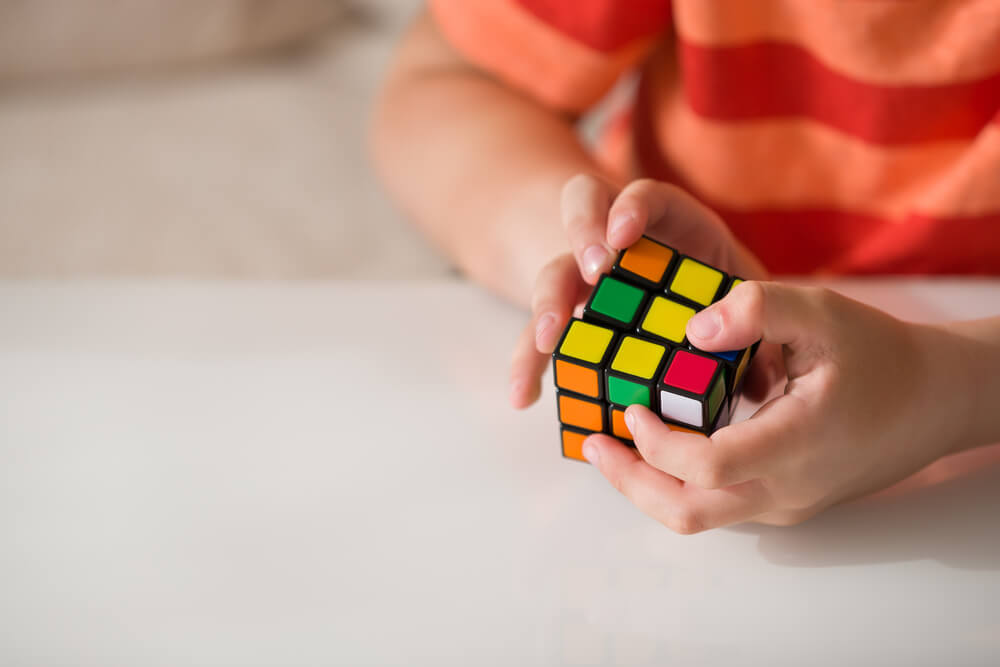Children are naturally energetic and enthusiastic. However, for some children, there’s no break in the action. Instead, they demonstrate these hallmark behaviors of childhood intensely, constantly, and in all types of settings.
If it seems like your child is constantly out of control and demonstrates excessive hyperactivity, impulsivity, and inattention, they may be showing signs of attention deficit/hyperactivity disorder (ADHD). ADHD is a medical condition distinguished by differences in brain activity and development that affect a person’s ability to remain still, concentrate, and maintain self-control.
Determining whether your child is exhibiting age-appropriate behavior or signs of a mental health disorder requires a medical evaluation. Our pediatrician, Andrew Satran, MD, and the staff of Advanced Pediatrics of Rockland can help you determine the source of your child’s irregular behavior.
Drawing on his extensive experience and expertise in ADHD in children, Dr. Satran diagnoses the cause of your child’s symptoms and recommends appropriate next steps for treatment as necessary.
Navigating a diagnosis of ADHD can be overwhelming for both parents and children. However, determining the source of your child’s problematic behavior is the first step in helping them succeed.
Dr. Satran discusses common signs of ADHD in children to help you determine whether your child may need a medical evaluation.
Understanding ADHD
Most people have some understanding of what’s involved with a diagnosis of ADHD, likely because the condition ranks among the most common neurodevelopmental childhood disorders. About 9% of children in the United States have ADHD.
Neurodevelopmental disorders like ADHD affect the way the brain develops during childhood. Scientists have demonstrated that the brains of children with ADHD have differences in brain structure and function that impact their behaviors, including problem-solving, impulse control, and attention.
Since ADHD is related to brain development, behaviors can change as a child’s brain matures. Symptoms can vary and may improve as children get older. While about 33% of children diagnosed with ADHD no longer meet ADHD diagnostic criteria by young adulthood, other children have symptoms that continue through the rest of their lives.
Common symptoms of ADHD
The three key symptoms of ADHD include inattention, hyperactivity, and impulsivity. A child with ADHD may demonstrate behavior from one or more of these categories.
Inattention
Children who struggle with inattention can’t concentrate, focus their attention, and stay on task with the consistency expected of kids their age. They tend to be easily distracted, which can interfere with their ability to comprehend details, listen to directions, and complete tasks they start.
Inattention can also be associated with excessive daydreaming or behaving aimlessly. Children with ADHD may lose things easily and be characterized as being forgetful, disorganized, absent-minded, or not exerting enough effort toward the task at hand.
Hyperactivity
Hyperactivity makes a child seem as though they’re in constant motion. They’re restless, fidgety, and easily bored. They may be unable to control their need to run, jump, or climb at any time and place, even when it’s unsafe.
Children with ADHD may have trouble staying quiet or sitting still in any setting. They may rush through tasks and make careless mistakes in their need to move on to the next activity. Their actions may physically interfere with the activities and tasks of others.
Impulsivity
Children with ADHD have a pattern of acting without thinking. Their actions may involve interrupting others and having trouble waiting their turn. Their impulsive behavior may extend to dangerous actions like running into a street without checking for traffic.
The tendency toward acting impulsively can position children with ADHD to do things without asking for permission and take things that belong to others. Children with ADHD may react with emotional responses that are too intense for the circumstances. They may also react physically by pushing or grabbing others without considering the consequences.
It’s important to recognize that ADHD can affect every child differently. For example, while boys with ADHD typically demonstrate external symptoms like impulsivity and physical movement, girls tend to show internal symptoms like daydreaming and forgetfulness.
What to do next
If you think your child is exhibiting signs of ADHD, it’s necessary to get an accurate diagnosis. While there is no cure for ADHD, the right treatment can make a difference in your child’s daily life. These treatments can help a child with ADHD to function normally at home, in school, and within social situations.
While treatment typically consists of a combination of medication and behavioral therapy, Dr. Satran determines the best solutions for your child’s circumstances. Having other medical conditions can impact your child’s treatment recommendations.
If you think your child may have signs of ADHD, don’t delay in getting the help your child needs. Request an appointment online or call our office in Pomona, New York.





